Wolves
Warning, some of the following facts contain vulgar content.
-
Wolves are the largest members of the Canidae family, which includes domestic dogs, coyotes, dingoes, African hunting dogs, many types of foxes, and several kinds of jackals.
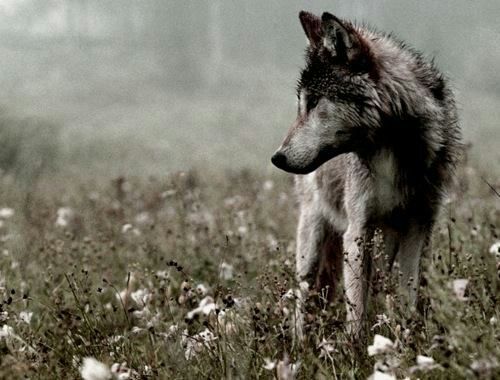
Wolf gestation is around 65 days, and they're usually born between March and May. Wolf pups are born both deaf and blind. A wolf pup's eyes are blue at birth. Their eyes turn yellow by the time they are eight months old. In order for a new wolf cub to urinate, its mother has to massage its belly with her warm tongue.
Wolves run on their toes, which helps them to stop and turn quickly and to prevent their paw pads from wearing down. They can also swim distances of up to 13 km [8 miles] aided by small webs between their toes.
Wolves have about 200 million scent cells. Humans have only about 5 million. Wolves can smell other animals more than 1.6 km [1 mi] away. Under certain conditions, wolves can hear as far as 9.7 km [6 miles] away in the forest and 16 km [10 miles] on the open tundra.
Wolves were once the most widely distributed land predator the world has ever seen. The only places they didn't thrive were in the true desert and rainforests.
Immense power is concentrated in a wolf's jaw. It has a crushing pressure of nearly 10,342 kPa [1,500 psi] (compared with around 5,171 kPa [750 psi] for a large dog). The jaws themselves are massive, bearing 42 teeth specialized for stabbing, shearing, and crunching bones. Their jaws also open farther than those of a dog.
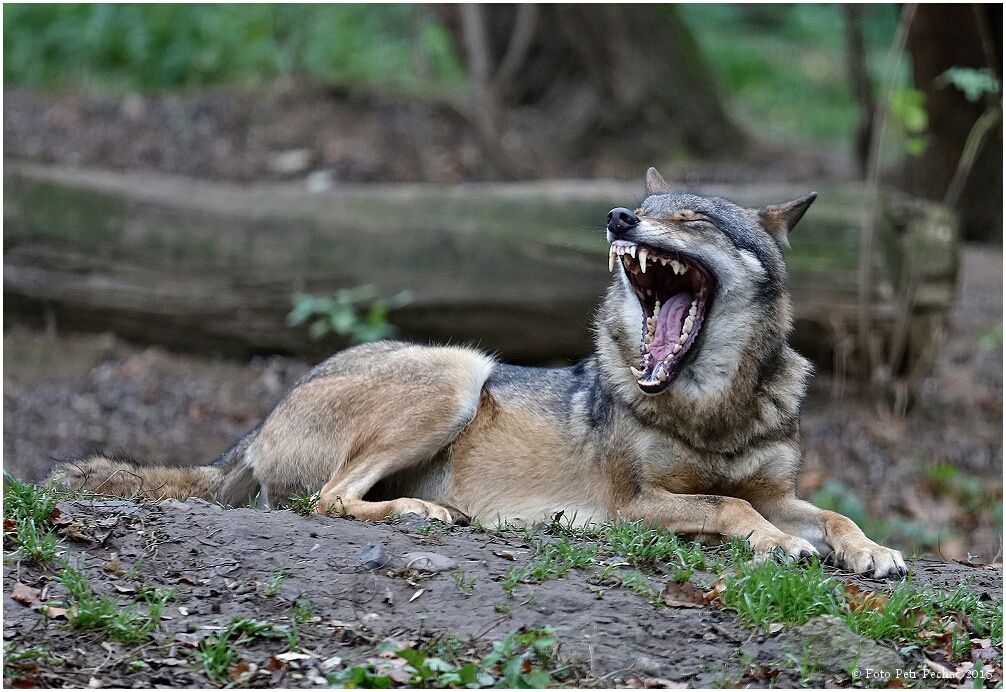
The North American gray wolf population in 1600 was 2 million. Today the population in North America is approximately 65,000. The world population is approximately 150,000.
A hungry wolf can eat 10 kg [20 lbs] of meat in a single meal, which is akin to a human eating one hundred hamburgers.
Biologists describe wolf territory as not just spatial, but spatial-temporal, so that each pack moves in and out of each other's turf depending on how recently the "no trespassing" signals were posted.
Unlike other animals, wolves have a variety of distinctive facial expressions they use to communicate and maintain pack unity. They are one of the few animals that communicate using a great range of facial expressions.
When Europeans arrived in North America, wolves became the most widely hunted animal in American history and were nearly extinct by the beginning of the twentieth century. The U.S. Federal government even enacted a wolf eradication program in the Western states in 1915.
Between 1883 and 1918, more than 80,00 wolves were killed in Montana for bounty.
A wolf can run about 32 kmh [20 mph], and up to 56 kmh [40 mph] when necessary, but only for a minute or two. They can "dog trot" around 8 kmh [5 mph] and can travel all day at this speed.
The smallest wolves live in the Middle East, where they may weigh only 14 kg [30 lbs]. The largest wolves inhabit Canada, Alaska, and the Soviet Union, where they can reach 79 kg [175 lbs].
Wolves howl to contact separated members of their group, to rally the group before hunting, or to warn rival wolf packs to keep away. Lone wolves will howl to attract mates or just because they are alone. Each wolf howls for only about five seconds, but howls can seem much longer when the entire pack joins in.
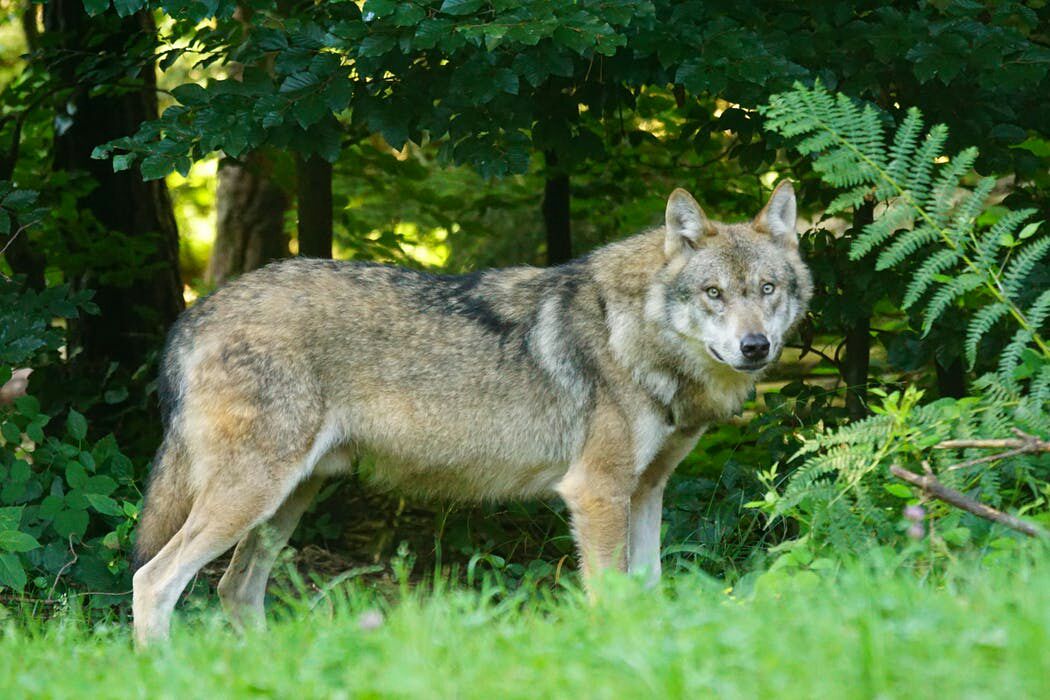
A light-reflecting layer on a wolf's eye called the tapetum lucidum (Latin for "bright tapestry") causes a wolf's eyes to glow in the dark and may also facilitate night vision. While a wolf's color perception and visual acuity maybe be inferior to a human's, a wolf's eyes are extremely sensitive to movement.
According to Pliny the Elder, a first-century Roman scholar, wolf teeth could be rubbed on the gums of infants to ease the pain of teething. He also reported that wolf dung could be used to treat both colic and cataracts.
The Aztecs used wolf liver as an ingredient for treating melancholy. They also pricked a patient's breast with a sharpened wolf bone in an attempt to delay death.
During the Middle Ages, Europeans used powdered wolf liver to ease the pain of childbirth and would tie a wolf's right front paw around a sore throat to reduce the swelling. Dried wolf meat was also eaten as a remedy for sore shins.
Biologists have found that wolves will respond to humans imitating their howls. The International Wolf Center in Minnesota, even sponsors "howl nights" on which people can howl in the wilderness and hope for an answering howl.
The Greeks believed that if someone ate meat from a wolf-killed lamb, he or she ran a high risk of becoming a vampire.
During the reign of Edward the Confessor, which began in 1042, a condemned criminal was forced to wear a wolf-head mask and could be executed on a "wolf's head tree" or the gallows where a wolf might be hanged next to him.
The Cherokee Indians did not hunt wolves because they believed a slain wolves' brothers would exact revenge. Furthermore, if a weapon were used to kill a wolf, the weapon would not work correctly again.
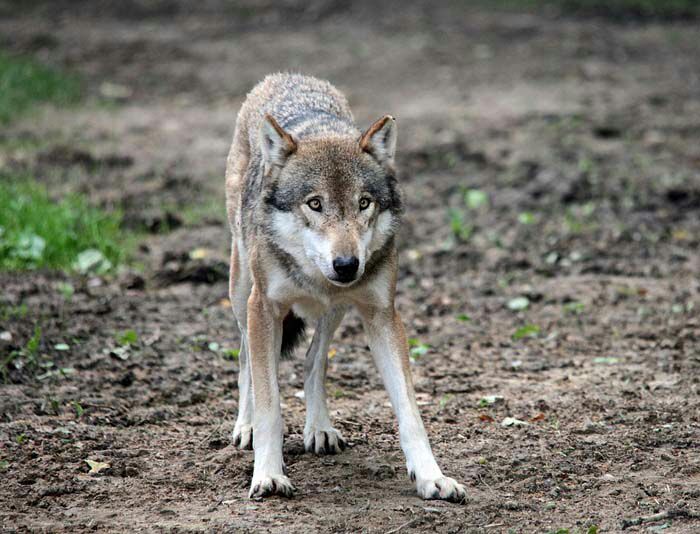
In approximately the year 800, Charlemagne founded a special wolf-hunting force, the Louveterie, which remained active until 1789. It was reactivated in 1814, and the last French wolf was killed in 1927.
Britain's King Edgar imposed an annual tax of 300 wolf skins on Wales. The Welsh wolf population was quickly exterminated.
In 1500, the last wolf was killed in England. In 1770, Ireland's last wolf was killed. In 1772, Denmark's last wolf was killed.
Sextus Placitus, in his fifth-century B.C. Medicina de quadrupedibus (Medicinals from Animals), claims that sleeping with a wolf's head under one's pillow would cure insomnia.
A wolf pack may contain just two or three animals, or it may be 10x as large.
In 1934, Germany became the first nation in modern times to place the wolf under protection. Influenced by Friedrich Nietzsche's (1844-1900) and Oswald Spengler's (1880-1936) belief that natural predators possessed more vigor and virility than their prey, the protection was probably more for an "iconic" wolf than the actual wolf, particularly since the last wolves in Germany were killed in the middle of the nineteenth century.
The Japanese word for wolf means "great god."
Between 6,000 and 7,000 wolf skins are still traded across the world each year. The skins are supplied mainly by Russia, Mongolia, and China and are used mainly for coats.
In India, simple wolf traps are still used. These traps consist of a simple pit, disguised with branches or leaves. The wolves fall in and people then stone them to death.
Wolves were the first animals to be placed on the U.S. Endangered Species Act list in 1973.
A male and female that mate usually stay together for life. They are devoted parents and maintain sophisticated family ties.
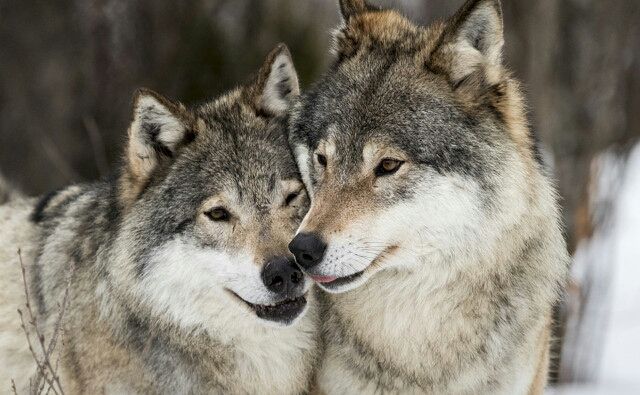
The last wolf in Yellowstone Park was killed in 1926. In 1995, wolves were reintroduced and, after just ten years, approximately 136 wolves now roam the Park in about 13 wolf packs.
Currently, there are about 50,000 wolves in Canada; 6,500 in Alaska; and 3,500 in the Lower 48 States. In Europe, Italy has fewer than 300; Spain around 2,000; and Norway and Sweden combined have fewer than 80. There are about 700 wolves in Poland and 70,000 in Russia.
Bạn đang đọc truyện trên: AzTruyen.Top